The Post-App Era: What Is The Next Stage Of Education Technology?
The stages of education technology include a ‘post-app’ era characterized by blended learning and genuine mobility in communities native to the learner.
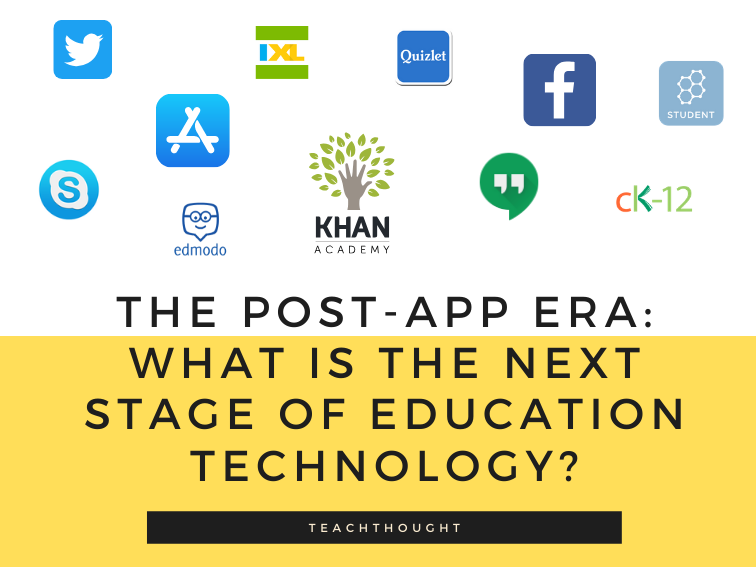
The stages of education technology include a ‘post-app’ era characterized by blended learning and genuine mobility in communities native to the learner.
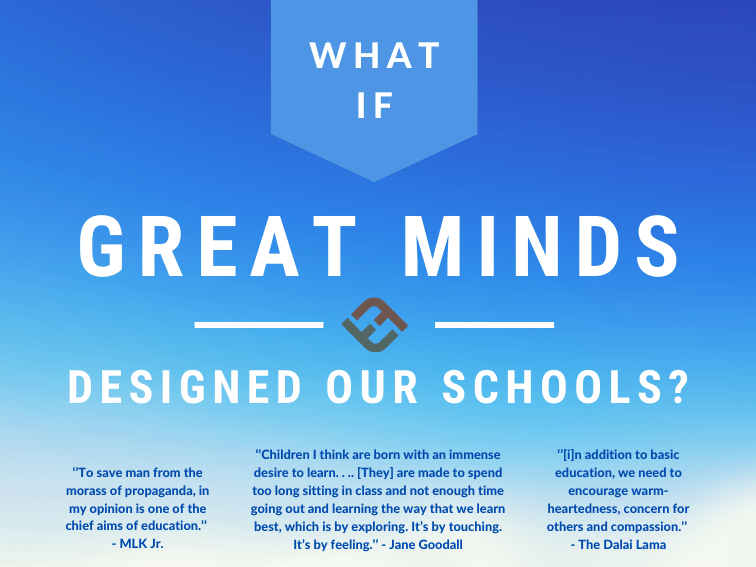
Rather than academic content, many great minds have emphasized imagination, curiosity, playfulness, creativity, and a love of learning.
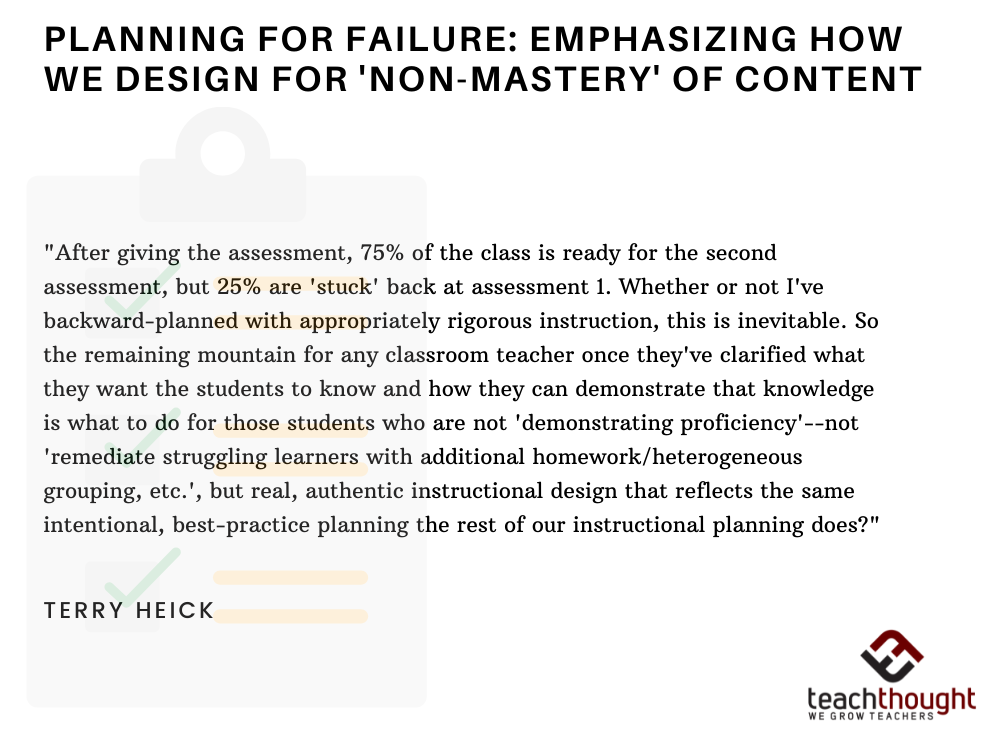
If I begin curriculum planning by identifying ‘power standards,’ where does the differentiation-based-on-assessment-results occur?
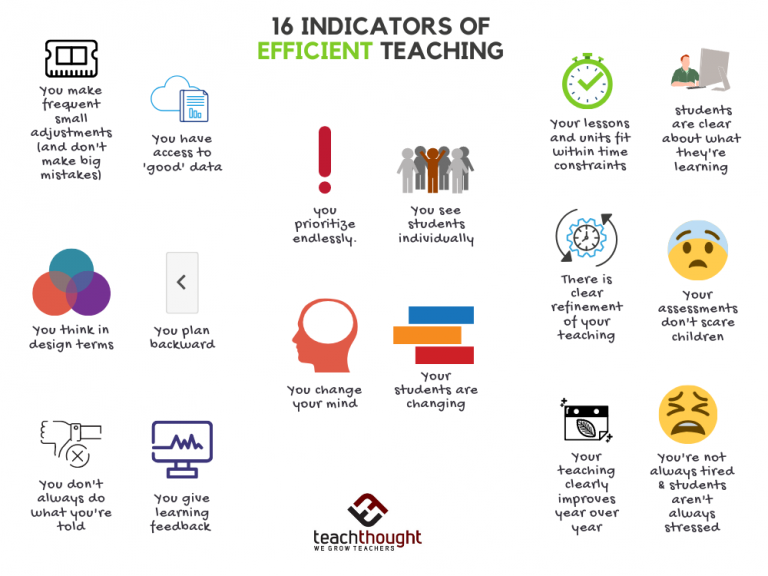
Indicators of efficient teaching are similar to indicators of efficiency in other fields: It’s about smart design and refinement over time.
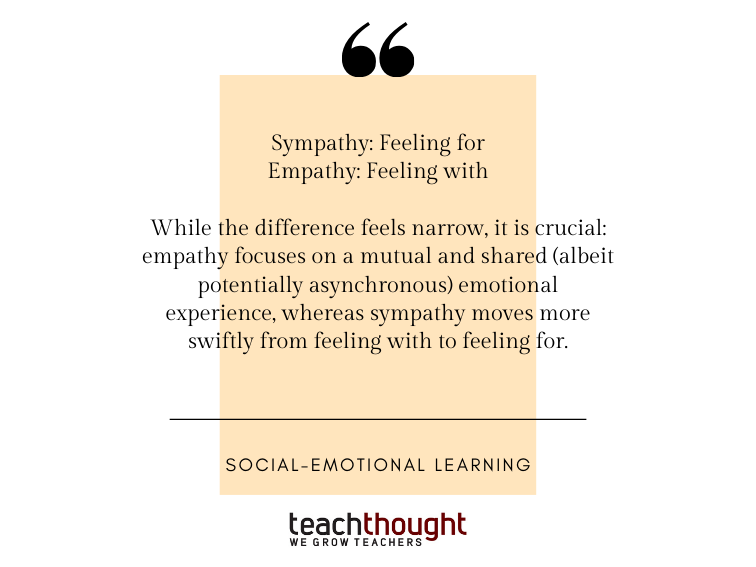
Empathy focuses on a mutual and shared emotional experience, whereas sympathy moves more swiftly from feeling with to feeling for.
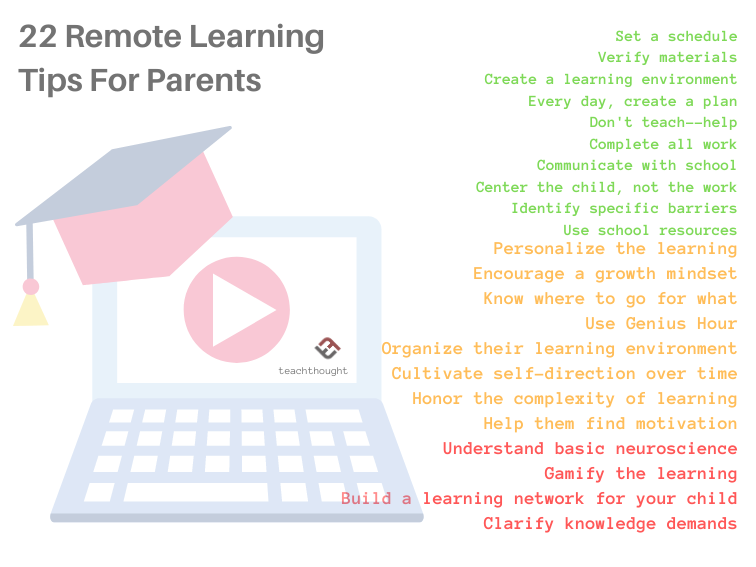
Remote learning tips for parents include focusing on the child’s well-being, creating a schedule, providing resources, and making sure work is complete.
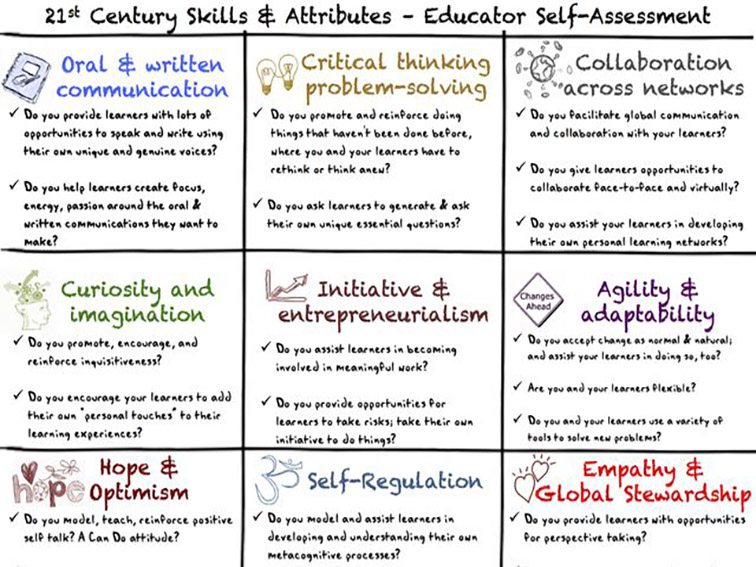
Gerstein’s Self-Assessment includes questions to evaluate your teaching, like “Do you help learners develop steps to achieve their dreams?”
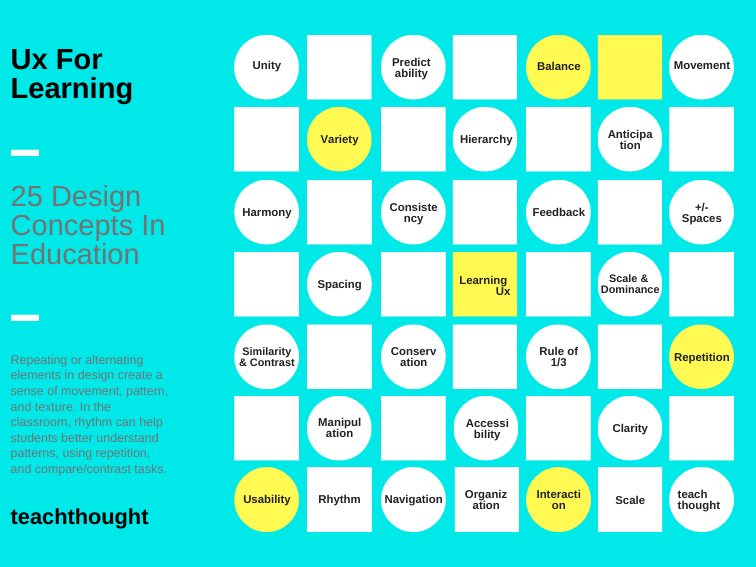
Designers use movement to guide viewers with lines, shapes, and colors. Educators can use this principle, guiding students to key ideas.
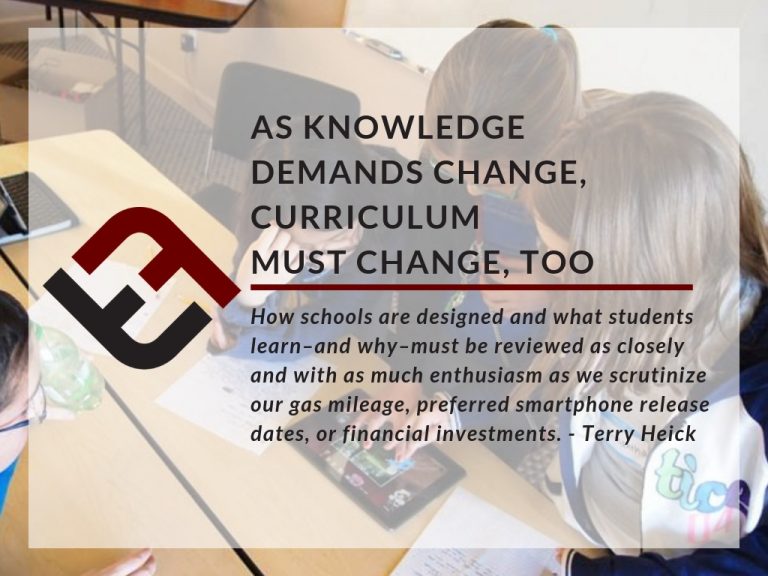
Changing knowledge demands in education should be scrutinized with at least as much as enthusiasm as we muster for Netflix or food or sports.
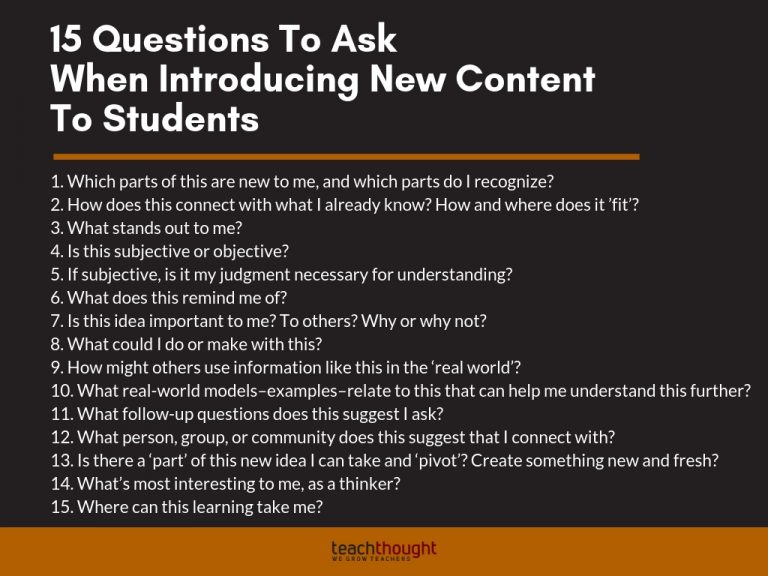
When introducing students to new content, the right questions and language can help disarm uncertainty and encourage a growth mindset.
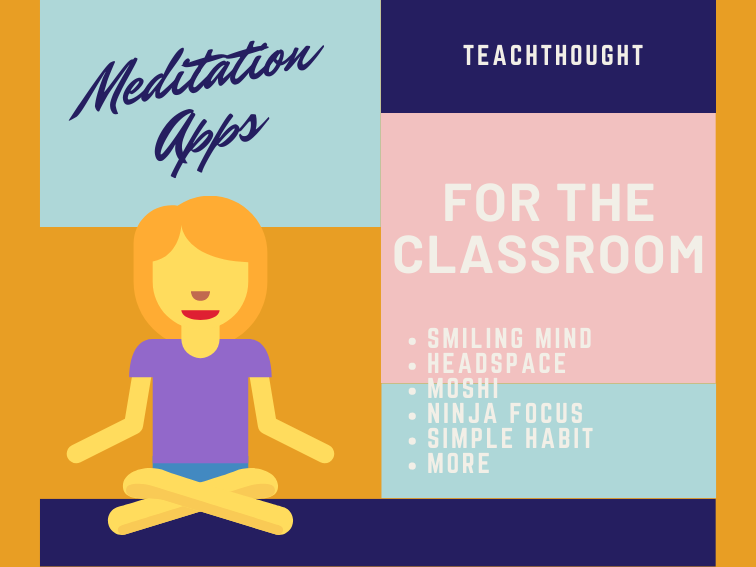
Where do you begin teaching meditation when you may not be familiar with the practice yourself? These meditation apps for children may help.
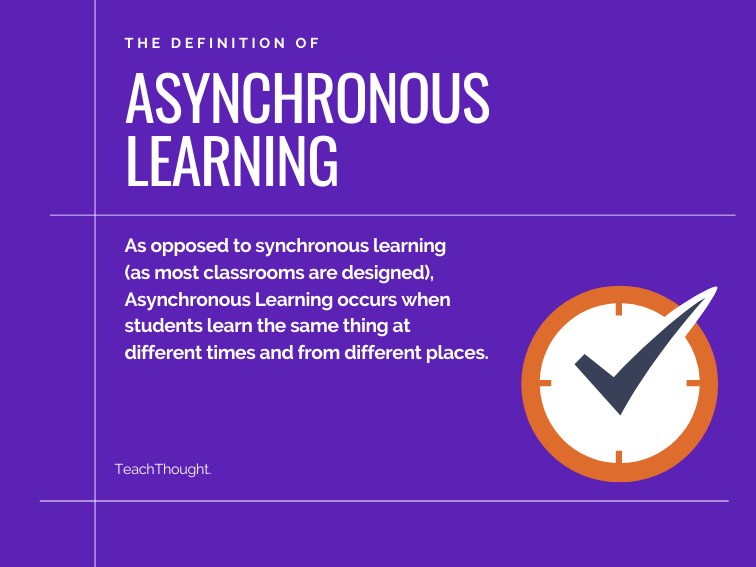
Synchronous learning is like network television while asynchronous learning is like Netflix.
End of content
End of content